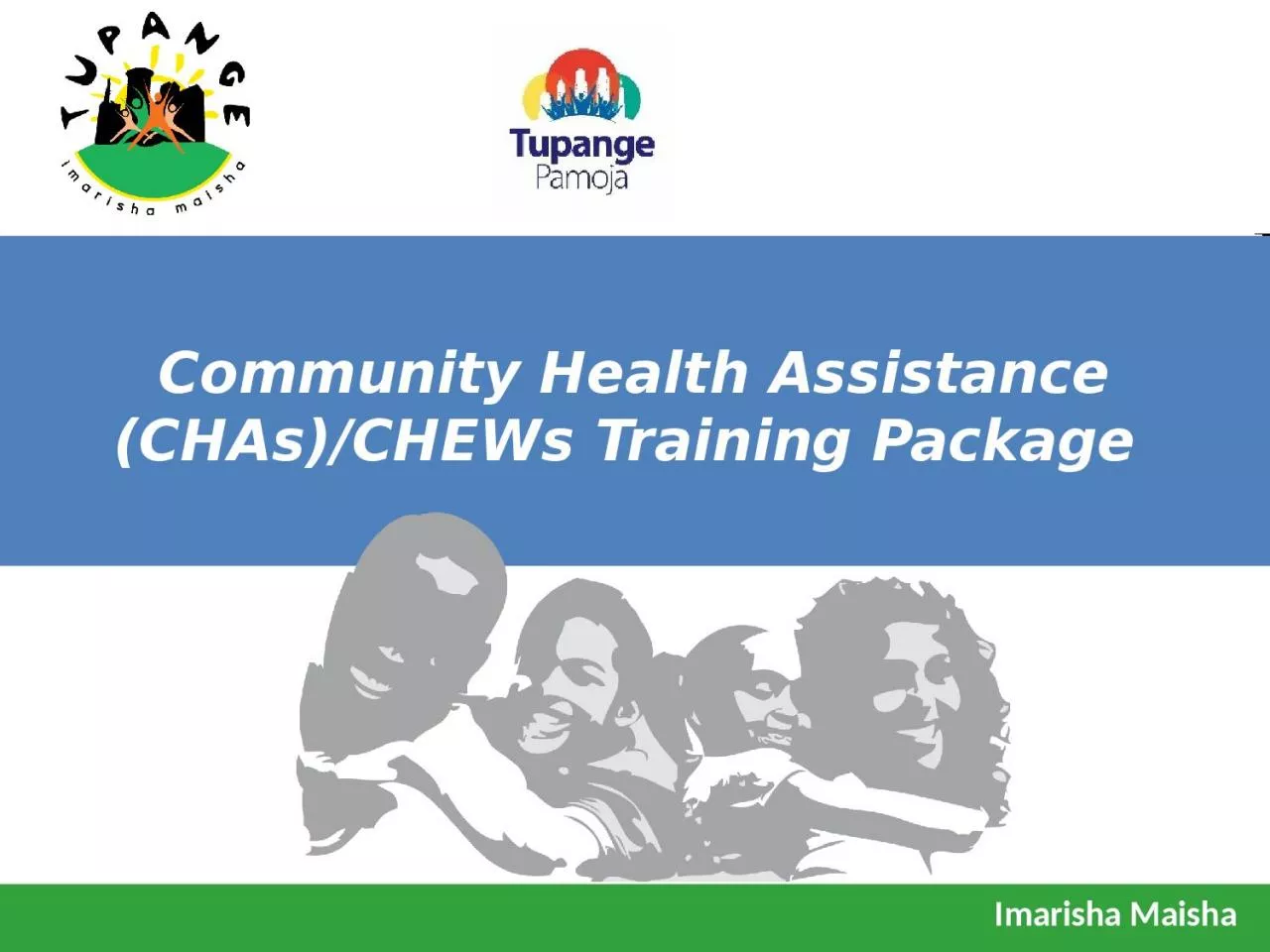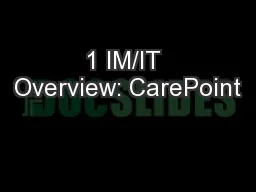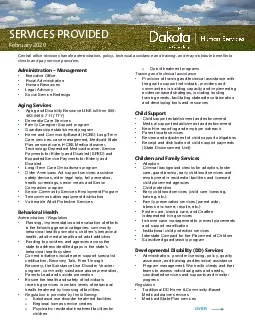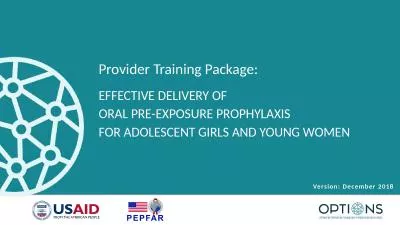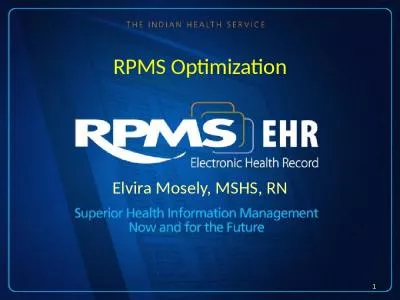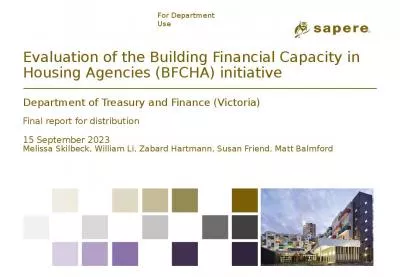PPT-Community Health Assistance (CHAs)/CHEWs Training Package
Author : singh | Published Date : 2022-06-18
Overview of Family Planning Definition Family Planning The ability of individuals and couples to anticipate and attain their desired number of children as well
Presentation Embed Code
Download Presentation
Download Presentation The PPT/PDF document "Community Health Assistance (CHAs)/CHEWs..." is the property of its rightful owner. Permission is granted to download and print the materials on this website for personal, non-commercial use only, and to display it on your personal computer provided you do not modify the materials and that you retain all copyright notices contained in the materials. By downloading content from our website, you accept the terms of this agreement.
Community Health Assistance (CHAs)/CHEWs Training Package: Transcript
Download Rules Of Document
"Community Health Assistance (CHAs)/CHEWs Training Package"The content belongs to its owner. You may download and print it for personal use, without modification, and keep all copyright notices. By downloading, you agree to these terms.
Related Documents

